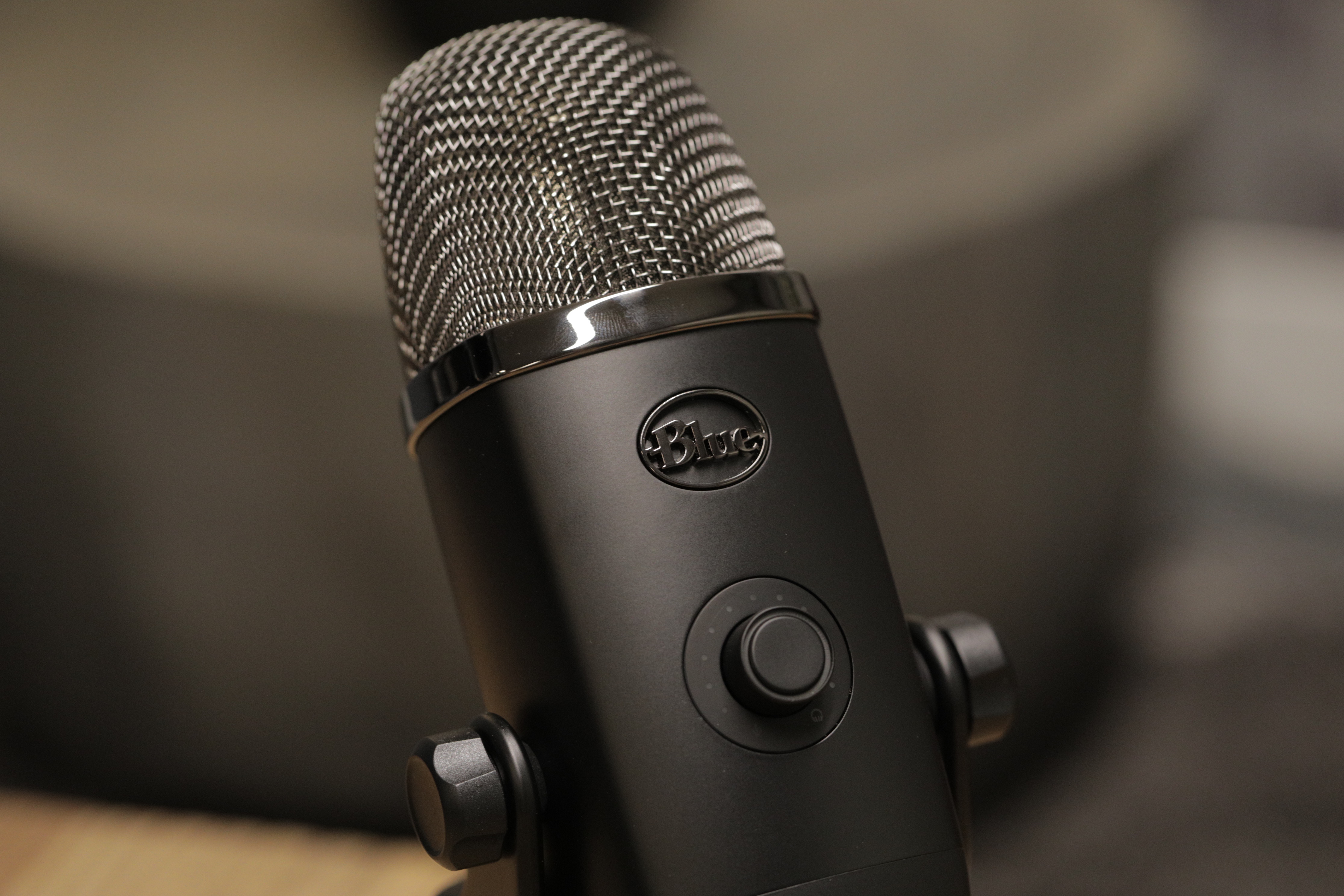

If you want a live recording with all the ambient sound recorded, you can opt for this pickup pattern.īidirectional mode: is perfect if you are engaged in an interview. Omnidirectional mode: allows the mic to pick up sounds from all angles in an equal amount. If you are engaged in commentary or monologues, then this is the best pickup pattern to use. This pattern is like the shape of the heart hence, it is referred to as cardioid. With this pattern, the mic does not strongly pick up sounds from the back and sides. The cardioid mode: makes use of a front-facing mic for directly recording the front sound. If you want clean audio with subtle highs such as guitar solo, then you should go for this pattern. The mic will just pick up the sound on the left and right while the sounds from the front or backside do not overpower. In this pickup pattern, the right and left channels are active. The stereo mode: provides a realistic sound image. Here is a short discussion of each of these four recording patterns: The Blue Yeti, for example, comes with four pickup pattern options. Microphones come with different pickup or recording patterns. Moreover, the bottom part of the microphone has a 3.5mm audio jack together with a USB port. But below this knob is another knob for selecting the recording pattern. This control tones up or down the volume output on your headphones.Īs mentioned above, you will see a knob on the backside for adjusting gain. Under that mute button, you will see the headphone volume control. This mute button is in solid red if you don’t mute the audio. You can also see a Blue Yeti logo on the front side wherein you will also see the mute button. The Blue Yeti comes with two adjuster knobs on the microphone stand’s side to let you fold it inwardly for easy storage and outwardly when recording. Instead, you should position the top like a rocket ship, facing vertically, since this type of mic is a side-address mic. Yet, before starting your recording, it will help if you familiarize yourself with the hardware.Īs you record, you should not point the microphone’s top directly towards you, just like what you would normally do with the ordinary mic.

Of course, after unboxing the mic, you can plug it onto your computer using the micro USB cable.

The primary thing you need to check with your Blue Yeti mic is the hardware.

On the other hand, if the audio is not sounding crisp, then you can increase the gain. You can turn the gain down if you hear some static sound or noise until the audio signals become clear. You should center it before starting, and the indicator should have a vertical position if you have centered the gain. If you only want to record your voice, you can turn the gain down for better vocal recording.Īs you inspect the Blue Yeti microphone’s different controls, you would see the central knob on the microphone’s backside, which you can use to adjust the gain. It also refers to the level of sensitivity you would like the mic to have. It is similar to what the volume does to a speaker. Gain is the allowable level of sound input to the mic. Nevertheless, you can set it up in such a way that it will only pick up the sound sources based on your configuration. Besides, it can pick up any tick and flick from the adjacent room. If you don’t adjust its setting right, you may end up picking up everything like background noise. Hence, the Blue Yeti is one of those supersensitive mics. Condenser microphones, of course, are super sensitive. The Blue Yeti mic belongs to the condenser type of microphones. Yet, to understand the Blue Yeti Microphone further, you need to be mindful of the following different components of Blue Yeti.
#The blue yeti pro drivers windows 10 Pc
Moreover, you can directly connect the Yeti microphone to your PC using a USB cable and use it right away.
#The blue yeti pro drivers windows 10 mac os
It is compatible with Mac OS X, Windows 8, Windows 7, Windows Vista, XP Home Edition, and XP Professional. Yeti is one of those plug ‘n play mics with PC systems and MAC. Conclusion Understanding Blue Yeti Microphone Settings


 0 kommentar(er)
0 kommentar(er)
